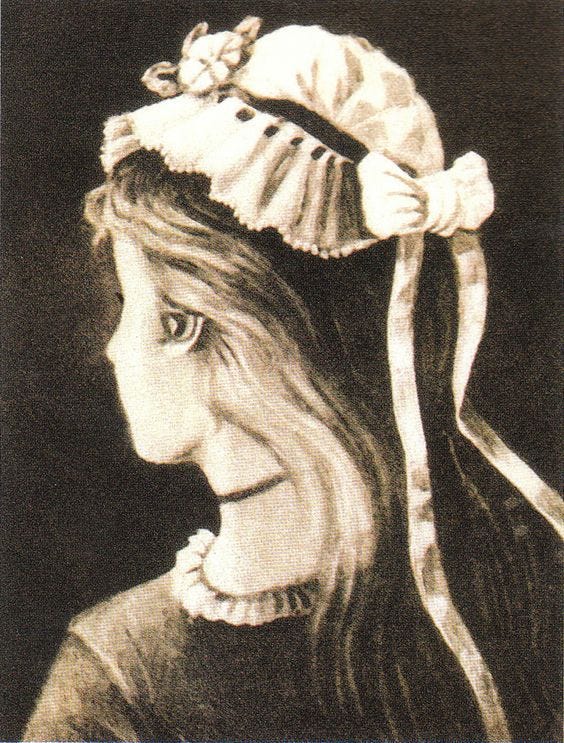DocTalk, Explorations in Psychotherapy
Discussing all things related to mental health including relationships and individual problems of all types.
Perception, So, You Believe You are Correct?
All of us perceive things differently
Perception
Forget what you think you know.
Many things that people are sure about are, in actuality, ambiguous. We rely on our five senses. After that, our sensory messages get turned into our perceptions. Perceptions are thoughts of the way we believe we see the world, and we are convinced that our five senses: seeing, hearing, tasting, touching, and smelling, are reality.
There is a classic movie made in 1957 called 12 Angry Men, starring Henry Fonda, Lee J. Cobb, Ed Begley, E.G. Marshall, and Jack Warden. All of them are fantastic actors. The story takes place in a jury room where 12 jurors must decide the guilt or innocence of the accused. The subject of the trial is a young Hispanic male accused of murdering his father.
The accused appears to be guilty of murdering his father. All the evidence seems to be stacked against him. Yet when the jurors look at the evidence, they find all kinds of holes. The appearance they discover does not match reality. The accused is not, in fact, guilty. He did not murder his father. However, their final verdict of innocence comes only after intense arguing and anger that comes close to violence.
On the Internet, through social media, there is a lot of expressed anger about various issues. Sometimes anger is directed at politicians, political parties, ethnic groups, and religious, ethnic, and racial groups.
Why is there so much anger and violence? The answer comes down to the fact that people have different and conflicting perceptions about life events.
Perception Experiment:
Have you ever taken part in the perception experiment with the ambiguous figure of an old hag that looks like a young woman when viewed from another angle? People commonly see either the old hag or the young woman. Who’s perception is correct? The answer is that both perceptions are correct. However, once perceived as a hag or young woman, it is challenging to view the other point of view unless someone shows how to ignore the outlines of the one to see the other.
Another perception experiment is shown in the illustration below. Do you see a white vase?
Do you see the profile of a black lady on the left? Do you see another black lady on the right? Seeing the ladies can be challenging if you have first seen the vase. In the same way, it’s challenging to see the vase if you have first seen the lady.
Much of life is like that. That is why “eyewitness testimony” is no longer considered correct in criminal trials. Even when a crime is being witnessed, people often report very different points of view of what happened. As a result, DNA evidence has become overriding important today. DNA is a cold, hard fact, not influenced by the point of view.
The nature of the Internet further complicates these factors and more. Voice inflections, nonverbal gestures, facial expressions, tones of voice, and other factors that form essential aspects of human interaction are absent by the very nature of the Internet. After all, the Internet is anonymous. Just because people are discussing with one another without being in voice contact renders the entire interaction anonymous.







